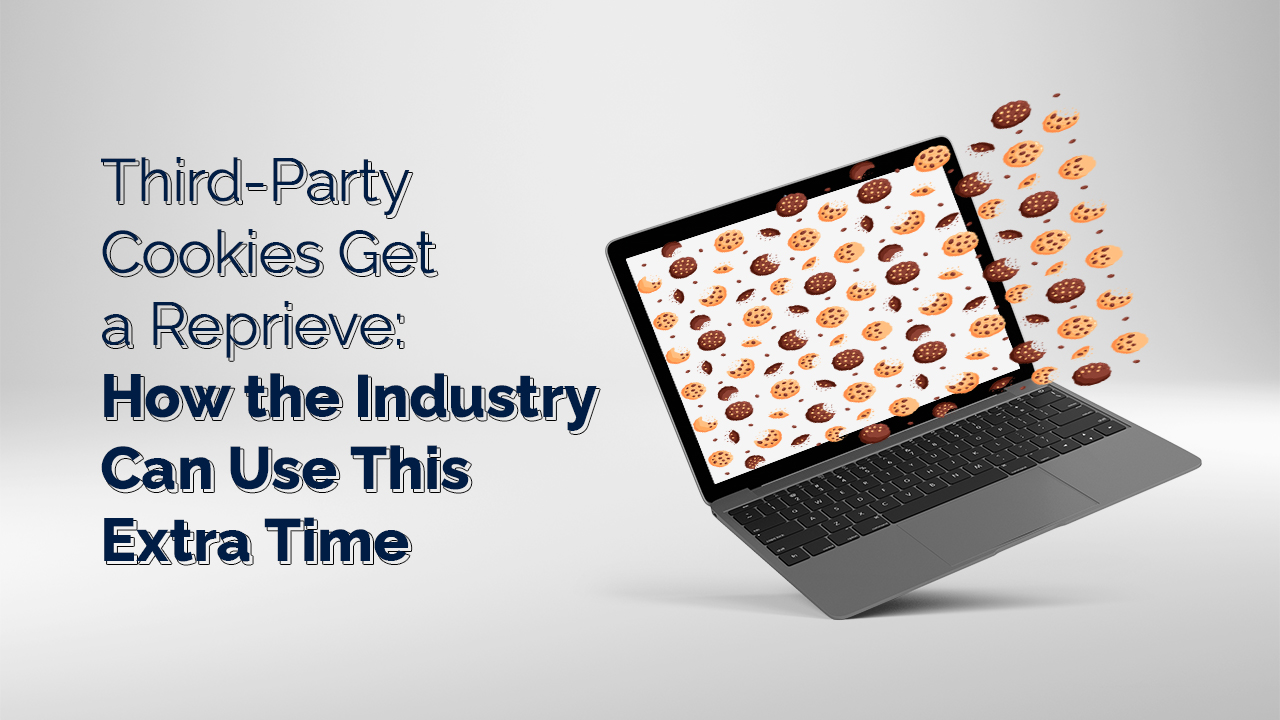
Third-Party Cookies Get a Reprieve: How the Industry Can Use This Extra Time
In a move that surprised few, Google recently announced another delay in deprecating third-party cookies in Chrome. Originally slated for 2020, the phase-out is expected to begin in early 2025. This gives the advertising and marketing industry a much-needed breather, but what should they do with this extra time?
While Google plans to phase out third-party cookies, your cookie-based strategies might not be entirely obsolete.
Here’s the good news: Google’s focus is on blocking third-party cookies, not all cookies. First-party cookies, used to track basic data on your own website’s visitors, are still fair game.
Google emphasizes the importance of first-party relationships. Any data you collect directly from visitors on your website (regardless of browser) will remain usable.
Confused about cookie types? Here’s a quick breakdown:
- First-Party Cookies: These cookies are created by your website and stored on a visitor’s computer during their visit. They help personalize the user experience by remembering logins, preferences, and basic browsing data.
Think of Amazon remembering your login, language, and cart contents. That’s all thanks to first-party cookies!
First-party data also allows you to track basic website analytics like visitor numbers, page views, and demographics. This data helps you refine your marketing strategies.
- Third-Party Cookies: These cookies are created by other websites and track visitor behavior across the web. This allows advertisers to build detailed profiles and target users with relevant ads.
Ever seen an ad for a product you just researched on another site? That’s likely due to third-party cookie tracking.
What does this mean for you?
If you only track visitor behavior on your website, the phase-out won’t significantly impact you. First-party cookies will still provide valuable data.
However, marketers relying on third-party data for advertising and audience targeting will need to adapt.
Why the Delay?
There are two main reasons for the pushback. Firstly, regulators like the UK’s Competition and Markets Authority (CMA) want more time to assess the impact of Google’s proposed alternatives, collectively known as the Privacy Sandbox. Secondly, the industry has expressed concerns about being fully prepared for a cookie-less future.
Turning Time into Advantage
For the industry, this delay presents a golden opportunity. Here’s how to make the most of it:
- Double Down on Privacy-First Strategies: Focus on building trust with consumers by being transparent about data collection and using it responsibly. Invest in first-party data collection through loyalty programs, website registrations, and permission-based marketing.
- Explore Privacy-Preserving Solutions: Experiment with contextual advertising, which targets users based on the content they’re viewing rather than their browsing history. Look into solutions that leverage machine learning to personalize ads without relying on individual user profiles.
- Test and Refine the Sandbox Tools: Actively participate in trials of Google’s Privacy Sandbox initiatives. This will help refine these tools and ensure they meet the needs of advertisers and publishers alike.
- Collaboration is Key: The industry needs to work together to develop and adopt new standards for a cookie-less future. Trade bodies and industry groups can play a crucial role in facilitating this collaboration.
A Silver Lining, Not a Stalled Engine
The cookie delay shouldn’t be seen as an excuse to postpone adaptation. This extra time is a golden opportunity to experiment, refine strategies, and prepare for the inevitable shift toward a more privacy-focused advertising landscape. Businesses that proactively embrace change will be well-positioned to thrive in the cookie-less future.
Looking Ahead
The future of online advertising is undoubtedly cookie-less. While the exact timeline remains uncertain, this delay provides a valuable window for businesses to adapt. By focusing on first-party data, exploring new solutions, and refining measurement techniques, the industry can emerge from this transition stronger and more prepared for a privacy-centric advertising ecosystem.
Stay tuned for future posts where we’ll delve deeper into specific cookie-less strategies and solutions!
what do you think?